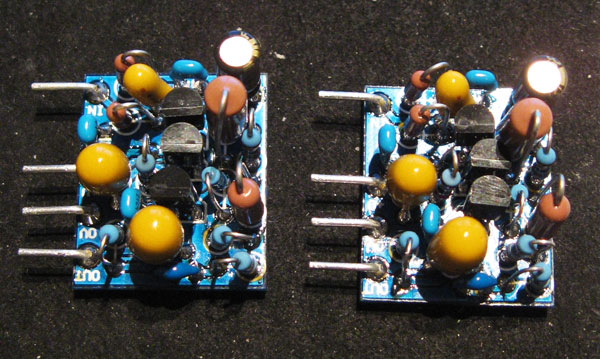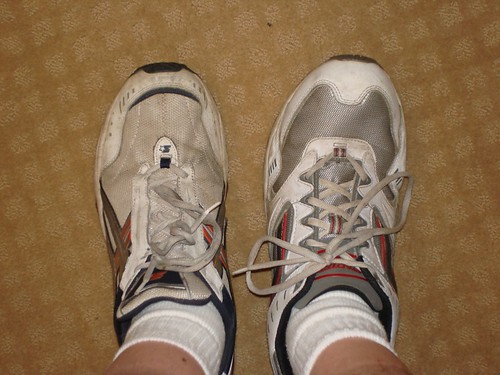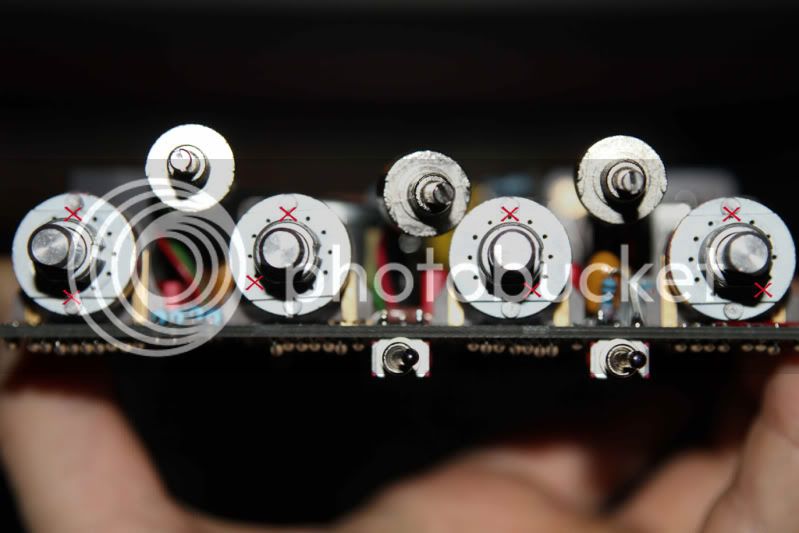bruno2000
Well-known member
I've had really good luck unsoldering Grayhills with soldering "tweezers" with large (30mm) blades. I paid about $30 US for a pair, and they worked great, since you heat up all of the pins at once.
I have also had (now, the reason for the tweezers) a couple of defective Grayhill switches. Seems that when they assembled them, they left out one of the wiper assemblies. After that, I ALWAYS check the switches BEFORE soldering them in,
Just my $0.02 (US)
Best,
Bruno2000
I have also had (now, the reason for the tweezers) a couple of defective Grayhill switches. Seems that when they assembled them, they left out one of the wiper assemblies. After that, I ALWAYS check the switches BEFORE soldering them in,
Just my $0.02 (US)
Best,
Bruno2000



























